Keepers of the Heart
Keepers of the Heart
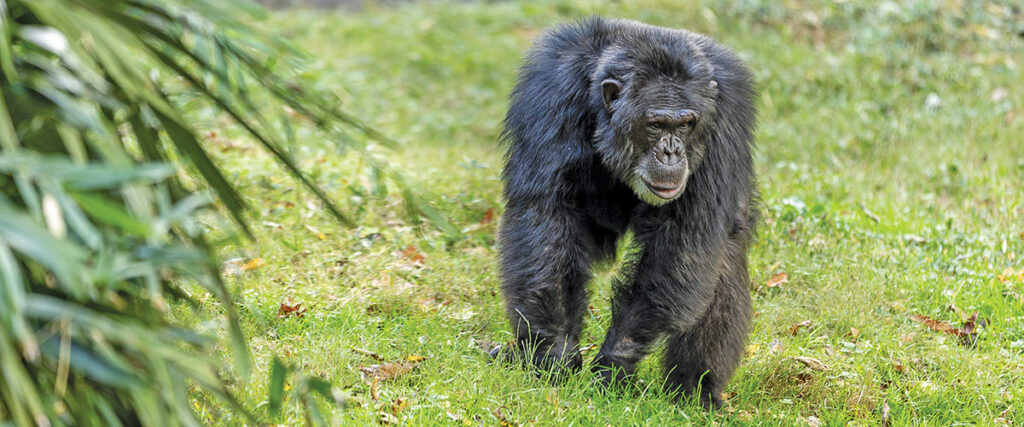
The N.C. Zoo makes strides for the Great Ape Heart Project
By Cassie Bustamante
Photographs by Bert VanderVeen
“Eeew, no,” said Stephanie Tien, N.C. Zoo gorilla keeper, a decade ago when she was first offered an intern position working with gorillas and orangutans at the Columbus Zoo. But she ended up falling in love with the job, she says, as she slowly came to realize “how much I loved gorillas.”
Similarly, Tori Hanlin, chimp keeper at the N.C. Zoo, wasn’t exactly enthusiastic about working with primates. However, she reflects, “You go wherever you can get your first job and my first job was with chimps.” In 2017, two weeks after starting that first full-time gig, great ape caregiver at Florida’s Center for Great Apes, she also fell in love. Now, she says, “I can never go back from chimps.”
With passion for the primates that they train, these two keepers pour their whole hearts into their work with these two species, both endangered. But they are so much more than caretakers. They are participating in a project that promises to not just help their charges, but other primates. With a similar goal, they are painstakingly trying to train the gorillas and chimps to voluntarily tolerate the collection of cardiac information so they won’t have to be anesthetized, a risky procedure. The information they gather is shared with the Great Ape Heart Project, a Detroit Zoo-based organization that seeks to “investigate and understand cardiovascular disease in great apes.” Currently, over 80 zoos across the nation are contributing data. As it turns out, a major killer of great apes when in human care? Heart disease. Not so different from us humans. After all, we share over 98 percent of our DNA with both gorillas and chimpanzees.
For both Tien and Hanlin, participating in the Great Ape Heart Project is about more than just training apes and gathering data. It’s personal — it’s about providing the animals they love — and the entire great ape species — with longer, healthier lives.
One of the very first gorillas Tien interacted with during her Columbus Zoo internship was a feisty male named Macombo. “That gorilla put me through the wringer,” she says, recalling how she wept the entire car ride back to Ohio State University’s campus after her first day on the job.
And yet, five years later when she was offered the job at the N.C. Zoo, she jumped at the chance to work with none other than his twin bother, Mosuba. Why? Turns out the behavior that had frightened her, such as banging loudly on the mesh to make Tien jump, was a game to him. And she learned to enjoy their playful banter. After just a few weeks with Macombo — or Mac, as she calls him — he’d won her heart.
And halfway across the country, his twin brother has done exactly the same. “There he is — that’s the star of the show,” says Tien, her chestnut hair pulled back into a low bun. Through the mesh of the enclosure, he follows his keeper with his brown-black eyes, deeply set into his serene face — a face that might be familiar if you’ve streamed Secrets of the Zoo: North Carolina on Disney+. For Tien, he’s certainly the star of Forest Glade, the western lowland gorilla habitat. “He’s my favorite gorilla on the planet. I will credit him for all of my success.”
At 40 years old, Mosuba is what’s considered to be geriatric. While gorillas in human care can live into their 40s, some show signs of heart disease as early as in their 20s and 30s. Even in his old age, Mosuba appears to be in good health, something Tien attributes to the “heart-healthy diet” of leafy greens, carrots and celery that the zoo’s director of conservation, education and science, Rich Bergl, co-developed to mimic the eating habits of gorillas in the wild.
As the silverback and leader of the pack, Mosuba has been the focus of Tien’s training for voluntary data collection since she started working there, though all five of the zoo’s gorillas participate in data collection in some way or another, sometimes through anesthesia. However, because anesthesia can be stressful for both the gorillas as well as their keepers and vets, the zoo’s goal is to reach a point where all five gorillas voluntarily participate in EKGs, blood draws and and blood pressure readings.
Beginning with Mosuba made sense. “We train everything with him first because he’s a gentle giant,” says Tien. “I mean, when we’re using equipment, we’re talking thousands of dollars of equipment.”
By the time he arrived in North Carolina in 2015, Mosuba was able to perform a seated cardiac ultrasound, thanks to the trainers at his previous zoo in Omaha. Tien wanted to take this further and train him to lie down for an ultrasound because “the heart rotates into a better position and you can get a better view of different valves and chambers.”
“That was the first behavior I trained with Mosuba,” says Tien. “He picked it up right away.” The ease of that experience opened doors to new training opportunities. Since then, Mosuba has learned how to use KardiaMobile, a device he sets his fingers in while it connects to a phone via bluetooth and performs an EKG. He also tolerates his blood being drawn, something many gorillas balk at. “There are roughly 350–360 gorillas in human care across the United States,” Tien says. Her face beams with pride as she continues: “There are 10 that can do a voluntary blood draw and Mosuba is one of them.”
What motivates Mosuba to complete these tasks? “He loves grapes, kiwis, orange slices, pineapple chunks,” says Tien. But apart from food, he thrives on human interaction, which works well for Tien, who says, “I am loud and boisterous!” However, she admits, each gorilla is different and responds to different cues and enticements. Fourteen-year-old Hadari is aggravated by the very behavior that inspires Mosuba. “It’s better for someone else to take the training lead on Hadari because I am not great at being quiet and calm.”
And while working reinforcements might vary between gorillas, they can also vary between trained behaviors for the same gorilla. “What is strong enough to do a blood draw for Mosuba has proven not to be strong enough for blood pressure,” the voluntary behavior they’re currently working toward, according to Tien.
As of now, Mosuba can perform a finger blood pressure reading, but, Tien admits, “We don’t know how accurate that is.” Slowly, she’s been working her way up to using an arm cuff. How do you put an arm cuff on a 350-pound gorilla? Obviously, the answer is slowly and very carefully. However, there’s a device created specifically for the purpose, the Gorilla Tough Cuff. Inside of a mesh sleeve — picture an arm-sized metal enclosure similar to a pet crate — the Gorilla Tough Cuff houses a standard fabric inflatable cuff, just like the one your doctor uses at your annual checkup. However, Mosuba doesn’t seem to like the squeeze as it begins to fill with air and pulls his arm back.
In fact, during a training session, Mosuba retracted his arm from the Tough Cuff, accidentally bringing the blood pressure cuff with him. “A typical gorilla would probably start ripping it apart and investigating it. He just took it off his arm, shoved it back in the sleeve like ‘I know this isn’t mine — this is yours,’” says Tien.
While it hasn’t yet happened, Tien continues to work toward a cuff reading with Mosuba, but training is never forced. If he gets up and walks away, his choice is respected. “Every training session for them and for us is a learning experience.”
For now, Tien and her team will keep putting one foot in front of the other, with an end goal of having all of the zoo’s gorillas participating in voluntary data collection to submit to the Great Ape Heart Project. And from there, the hope is that heart disease in gorillas will be easier to detect and treat, allowing them to live longer, healthier lives in human care. After all, Tien says ruefully as she considers the inevitable passing of Macombo and Mosuba one day, “They will leave big shoes to fill.” At that time, their hearts will be sent to the Great Ape Heart Project for continued research. But, of course, they will also leave gorilla-sized holes in Tien’s own heart.
Outside from a deck that looks down on the chimp enclosure, Tori Hanlin points out and names the many chimps in her care — a feat that would not be so easy to anyone else. “Hi, gorgeous!” she says, greeting Gigi and her 8-month-old son, Gombe. John, the leader, though at 25 not the eldest, spots Hanlin as she passes by and opens his mouth wide, ready for food — which she does not offer at this moment. “They have no shame whatsoever,” she quips. Here among the chimps at the N.C. Zoo, Hanlin is right at home.
“I just want to be like Jane Goodall and hang out with chimps all day and make some groundbreaking research and discoveries to help save the species,” says Hanlin. In fact, there’s a Goodall quote that serves as inspiration for her work: “Only if we understand, will we care. Only if we care, will we help. Only if we help shall all be saved.”
Since coming to the N.C. Zoo in September 2019, Hanlin works with two groups of chimps, totaling 17, many of which have been saved from labs or were previously pets. One adult male, Kendall, was rescued from the entertainment industry. While Hanlin’s training is separate from that of the gorillas, she and Tien often collaborate to support each other’s work.
“In humans, it’s very studied — the normal blood pressure range, the normal arterial pressure range, the normal heart rate range, resting and working out,” says Hanlin. Her hope is that the Great Ape Heart Project’s data will eventually be able to provide normal ranges for animals in human care.
And, Hanlin notes, while information can be collected when chimps are anesthetized, it’s not nearly the same as gathering it voluntarily as the heart can react differently under its influence. “We want to get these animals to participate in their own welfare. We want it to be a positive experience for them. We want to make it fun and interactive.” And, she muses, “How many people can say, ‘I’ve trained a voluntary blood pressure on a chimp?’”
While she knows heart disease is not 100 percent preventable, she has her own heart set on doing what she can with the technology the N.C. Zoo provides, including the $2,000 blood pressure device she helped it acquire through a Friends of the Zoo grant.
Currently, blood pressure training is Hanlin’s primary focus, with an end goal of having all 17 chimps trained to do it voluntarily. Right now, most of the seven males can successfully complete the task and a few females are not far behind. Why more males? It all boils down to the species’ complicated social hierarchy. “The boys will displace the females to train.” In other words, males dominate females, as they do in so many other activities.
In fact, John is always first to train. “He is alpha male in the way that he feels entitled to food,” says Hanlin, “and he is going to be the first one to get it.”
Pointing to the blood pressure device, she says, “This beeps a little bit, so we have to make sure that they are comfortable with the beeping and extra noises.” With the cost of equipment, Hanlin uses a two-keeper process: one to handle equipment and one whose eyes are on the chimp. Training starts with broken cuffs before using a functioning cuff.
And, of course, for the chimps, food serves as motivation during training sessions. The reward that gets them going? Very diluted Ensure, a ready-to-drink shake packed with protein and nutrients, generally intended for adults who are struggling with malnutrition or unwanted weight loss. “It’s very high value, it’s very yummy,” says Hanlin. So yummy that Hanlin found herself drinking it too. “I was like, wait a minute, I am putting on too much weight,” she recalls with a laugh.
The high calorie count in Ensure, even diluted, means it can’t be repeatedly used as the keepers monitor the chimps’ intake. Once Hanlin’s got them engaged, she switches to diluted juice. And when a task is completed? “Jackpot!” Fruit such as apple slices and frozen strawberries are the reward.
Are there other reinforcements that work for these social creatures? “Definitely,” says Hanlin, noting that the chimps respond to verbal praise, such as “You’re such a good chimp!” Or “Look at you, you accomplished this incredible thing!” But at the end of the day, a food reward is king.
“Everything is through positive reinforcement,” says Hanlin, noting that the chimps train daily but have the option to walk away from a task they don’t want to do. In that case, they don’t get to skip training completely. Sometimes, it’s “back to kindergarten” for them. What does that mean? Back to basics. Hanlin asks them to point to their fingers or toes, or open their mouths. “And that’s another confidence-booster for them.”
For now, she hopes that the work she and Tien are doing encourages more zoos across the country to perform voluntary data collection on their great apes. “If you have the support of your curators, your vet staff and your coworkers at the zookeeper level, it can be done and this can be the new normal of collecting data.”
Most of the time when heart disease is the cause of death, Hanlin notes, “We don’t find out until the animal passes suddenly and necropsy is performed.”
Such was the case with Katie, a chimp Hanlin worked with closely in Florida who passed away suddenly in January 2019. “She just vomited one day and wouldn’t move,” she says, recalling how she and her team thought Katie was suffering from gastrointestinal issues. She now knows better. “Looking back on it, that was her first heart attack.” The second one, which would prove fatal, came two weeks later.
Hanlin holds out her left forearm. On its inside is a tattoo of two chimps — Katie and her beloved companion, Murray — facing each other, their lips barely grazing as they gaze into one another’s eyes. “I wish I could get all the chimps and animals I’ve worked with as tattoos, but Katie and Murray will forever hold a special place in my heart.”
Every day, Hanlin moves the needle on training the chimps in her care, who inevitably make a mark on her. The hope for this young keeper is that she will make her own mark on them, creating a lasting impact on their species. As her hero, Jane Goodall, once said, “I do have reasons for hope: our clever brains, the resilience of nature, the indomitable human spirit, and above all, the commitment of young people when they’re empowered to take action.” OH
At the end of December 2023, Tien and Hanlin were awarded the 2023 Engage Award from the Animal Behavior Management Alliance for a piece they contributed entitled “Great Ape Training at the North Carolina Zoo.” ABMA’s Engage magazine publishes articles about training and behavior from around the world, so this is quite an achievement.

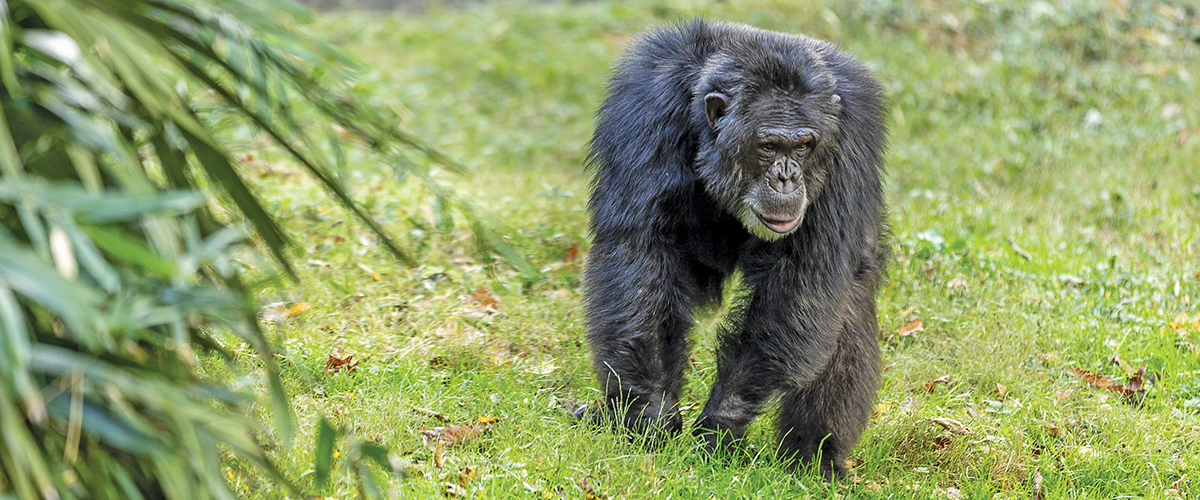


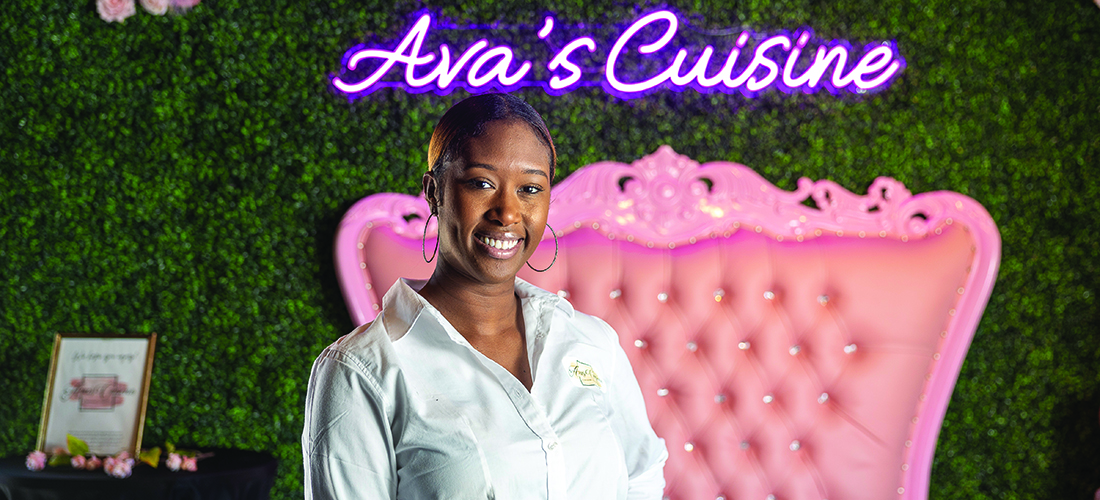
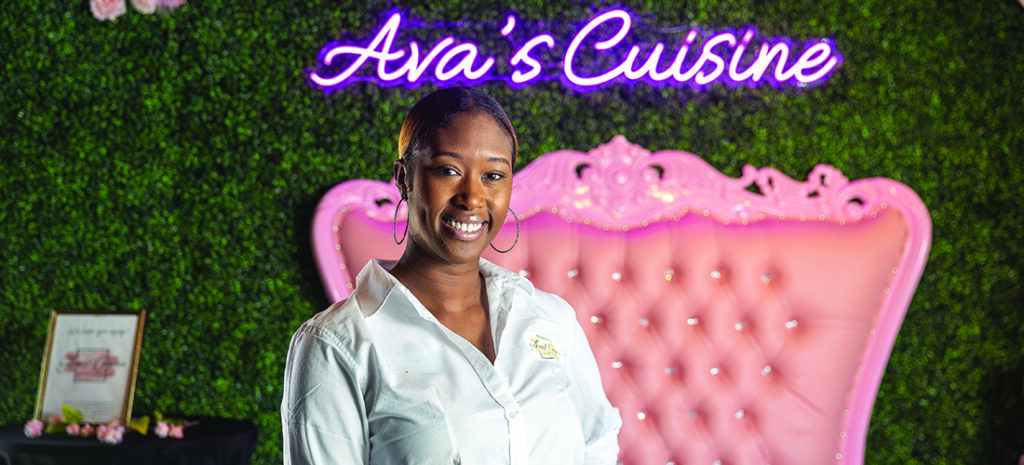
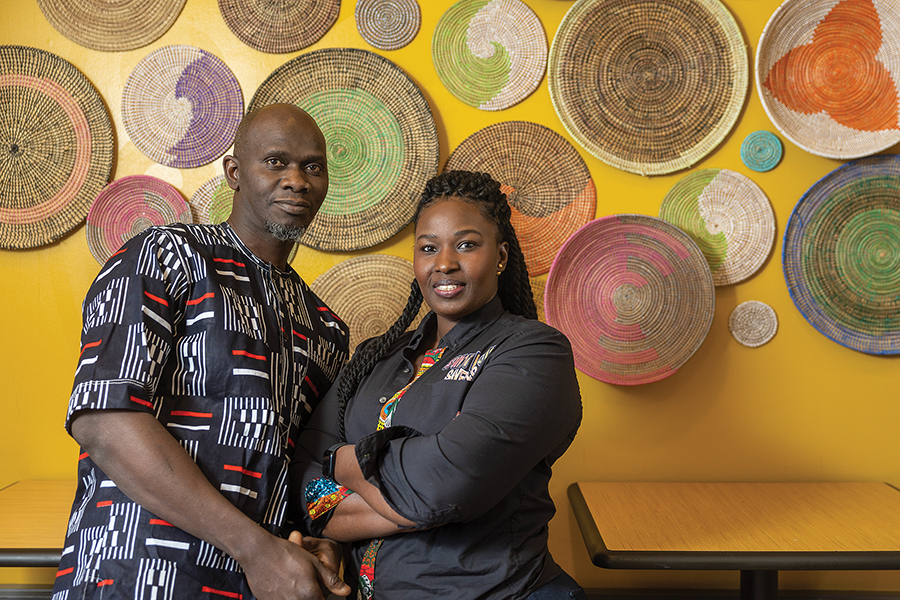


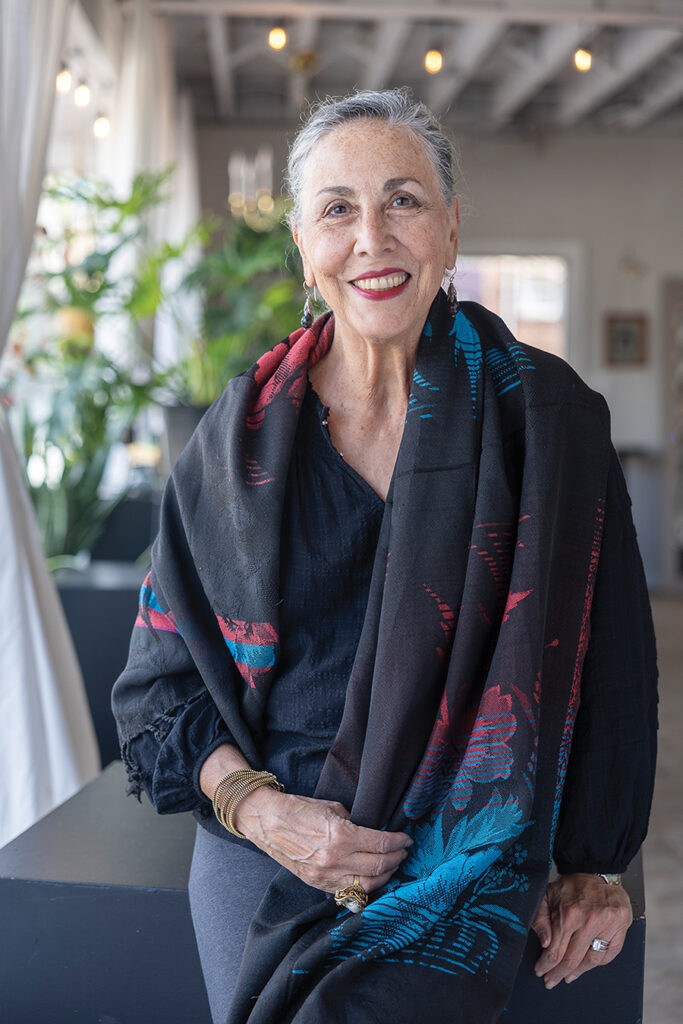
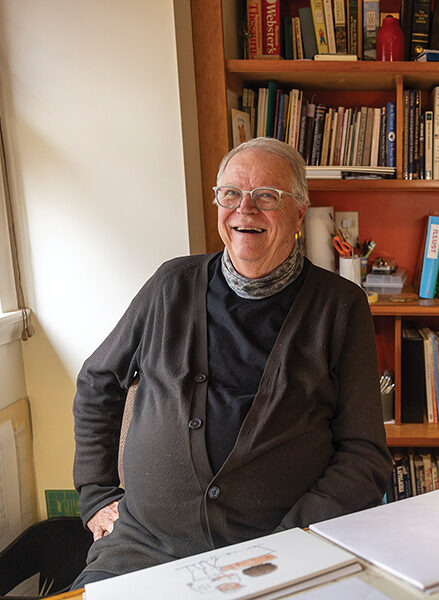

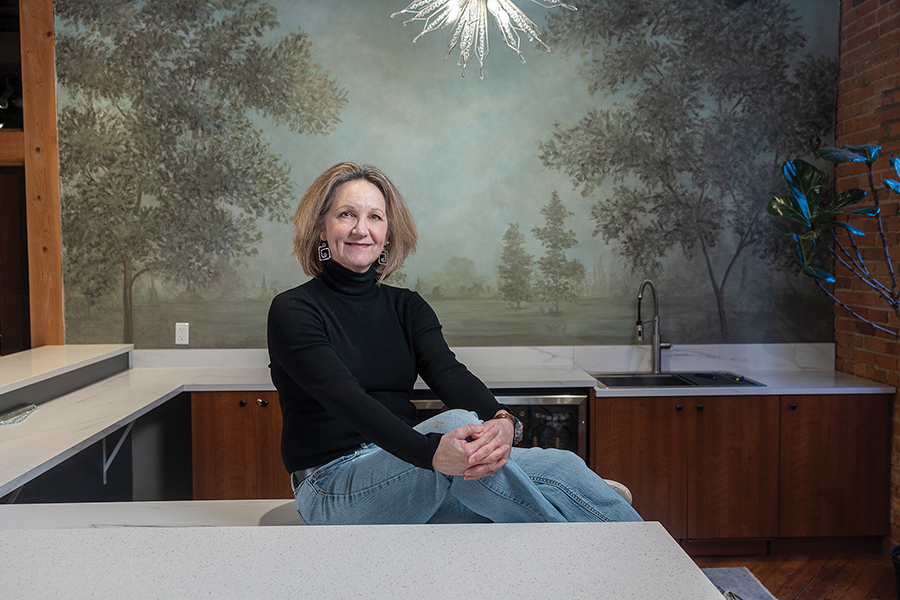







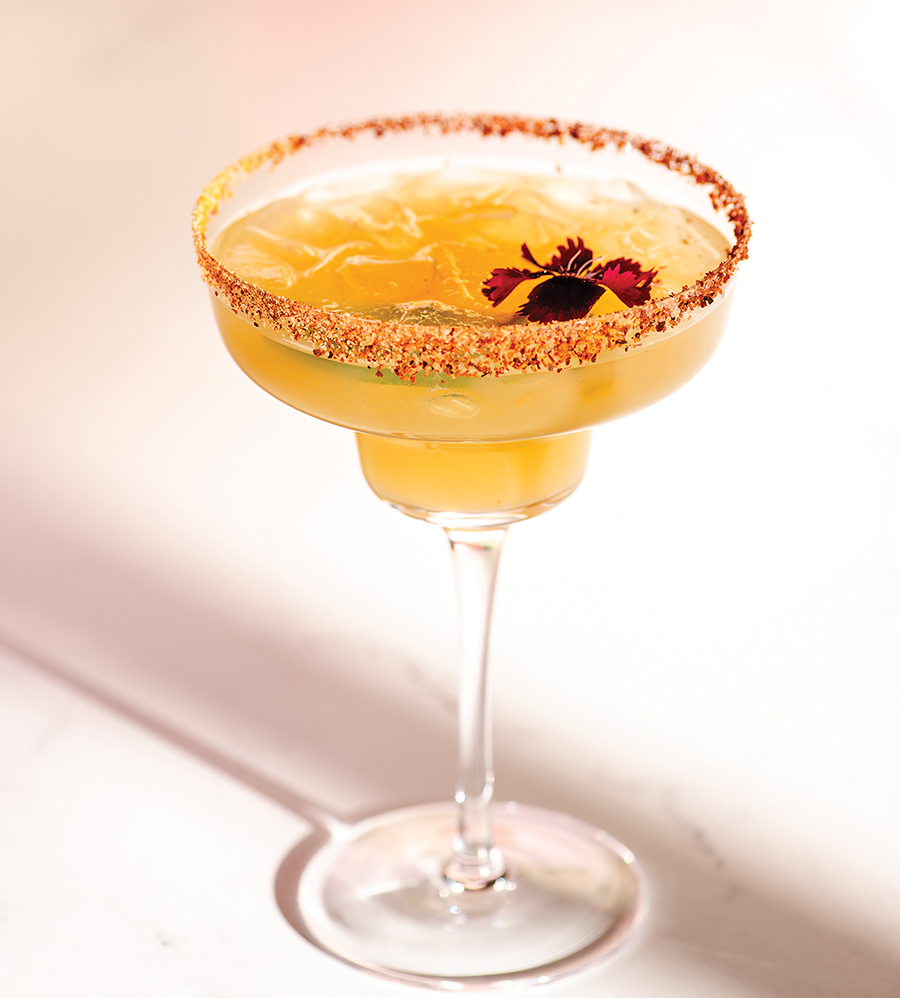




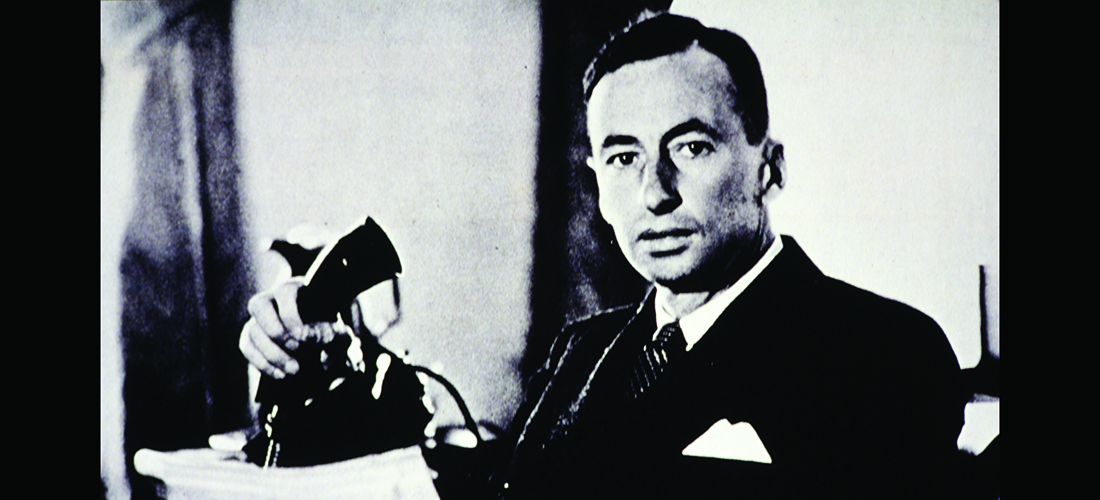
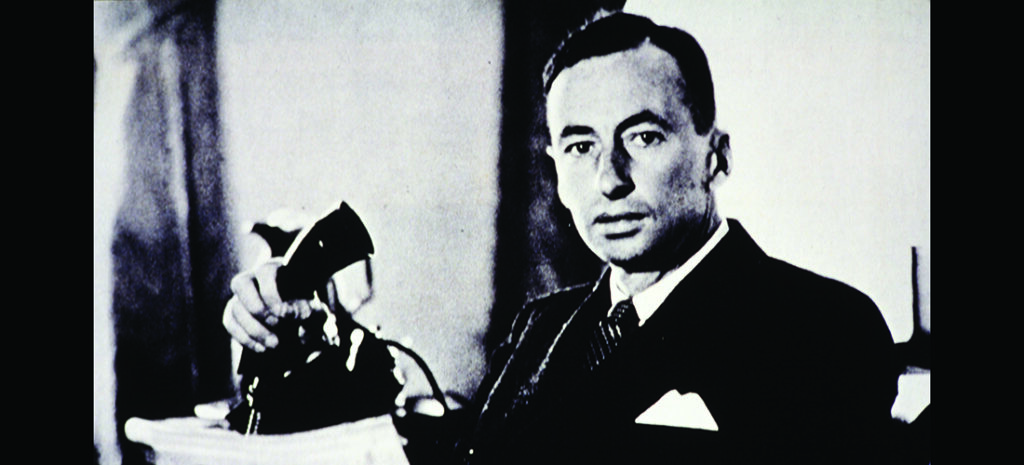


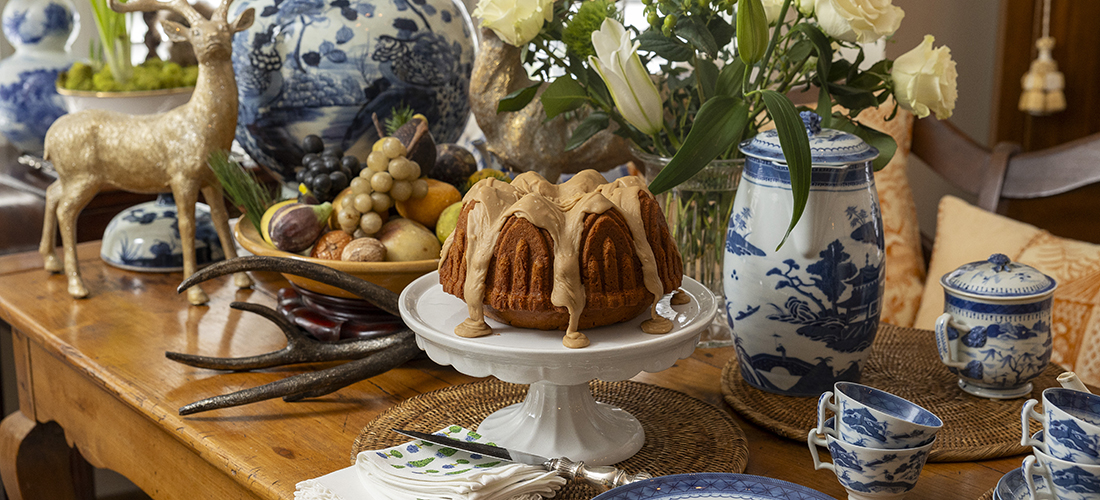
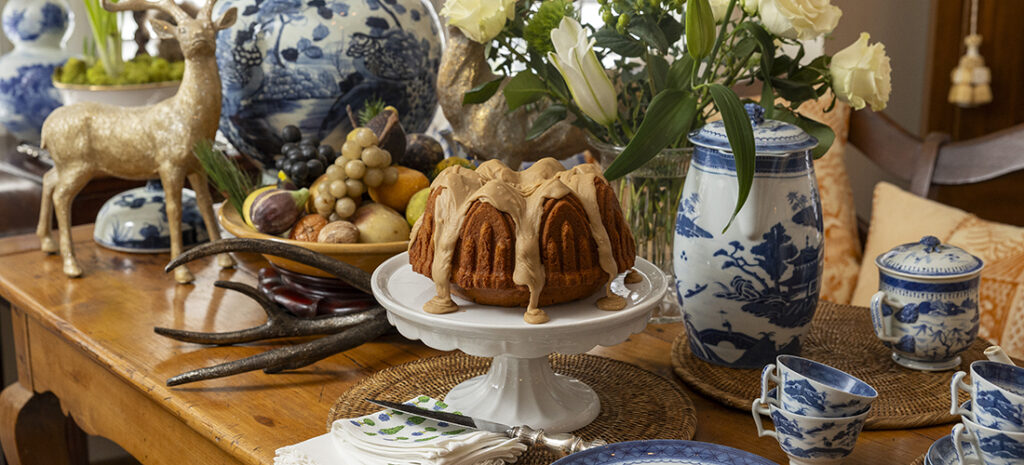

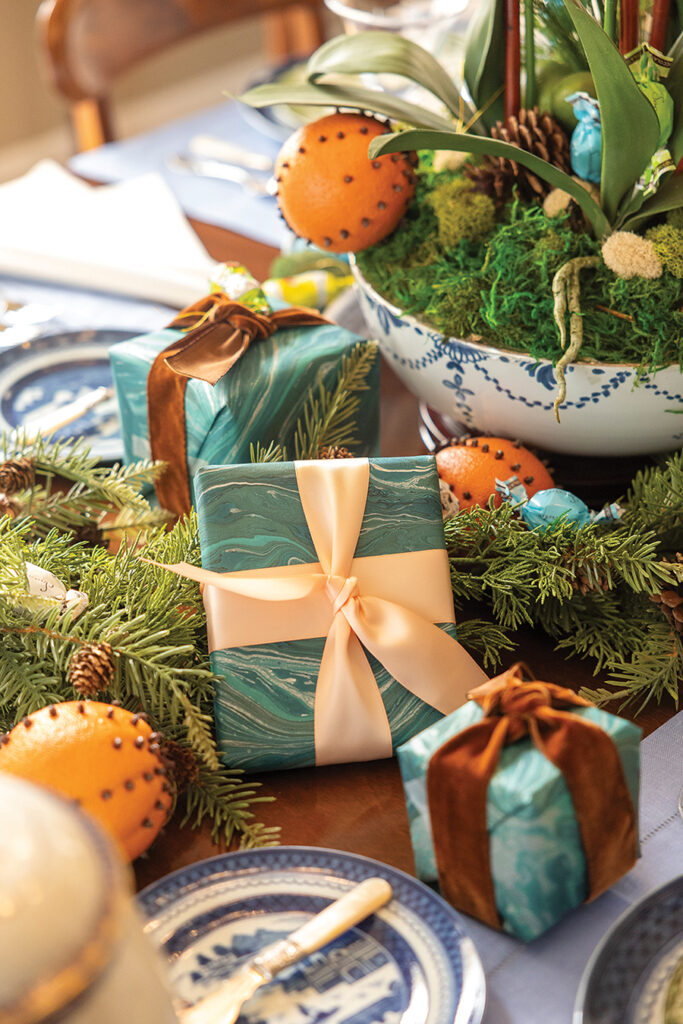


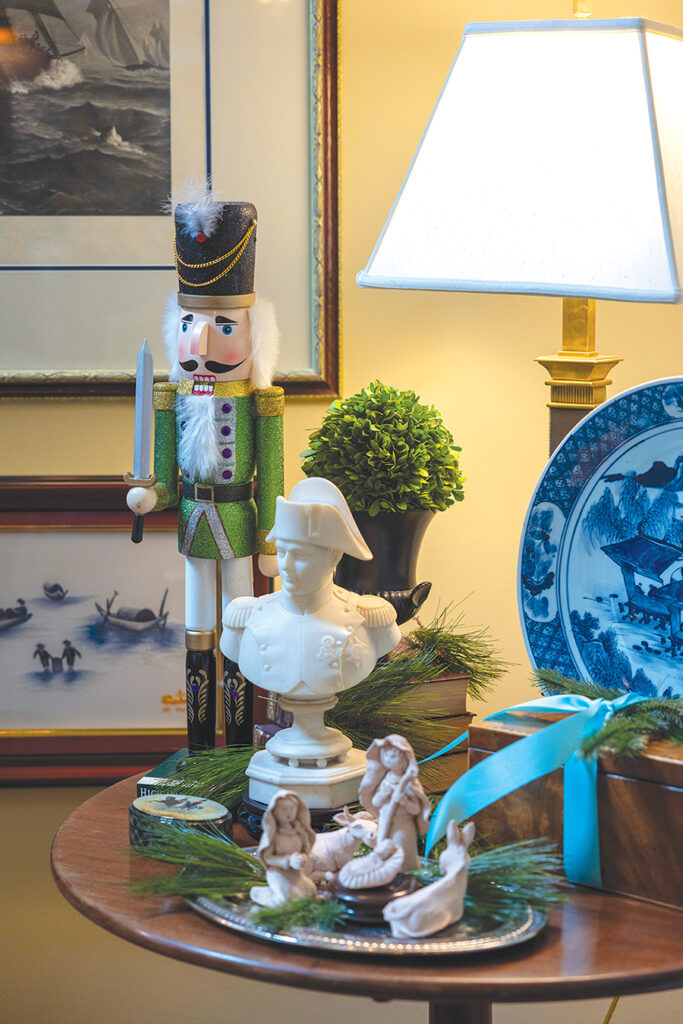
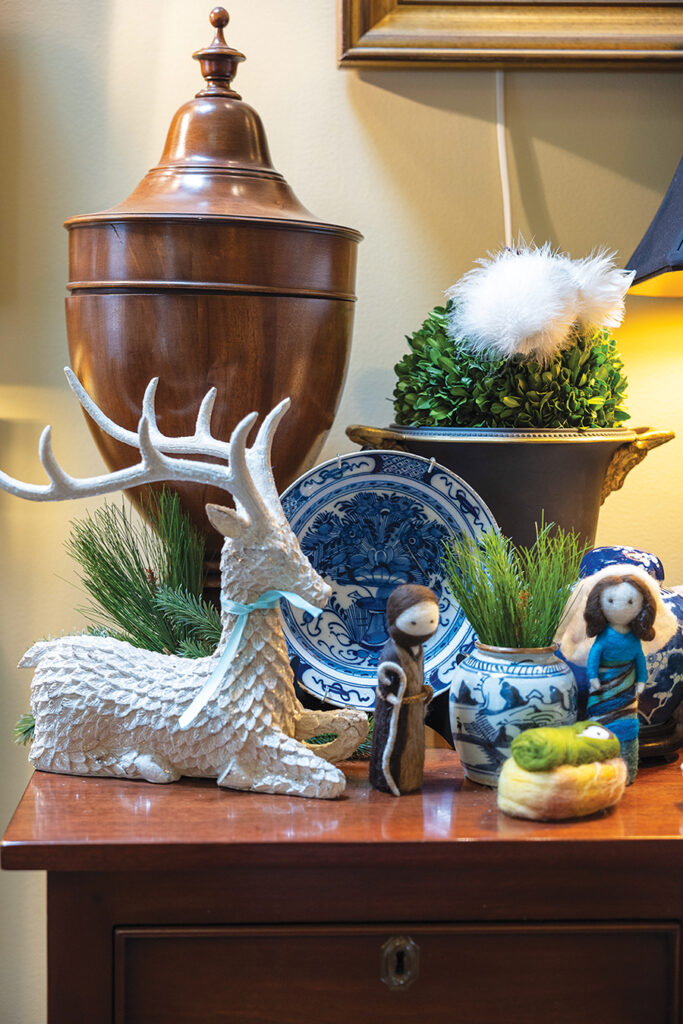
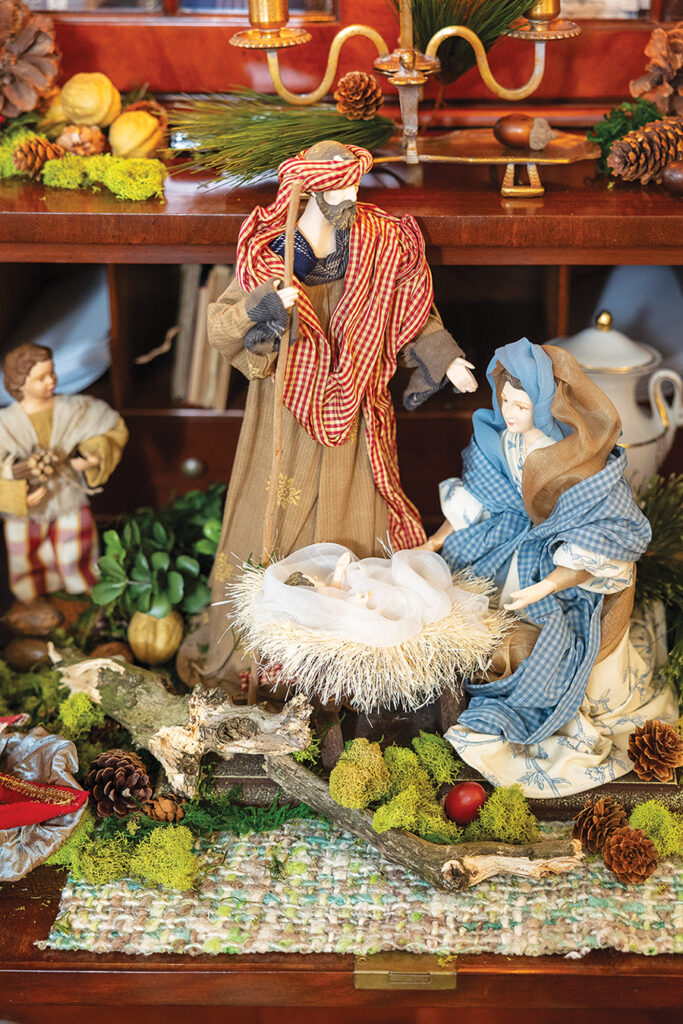

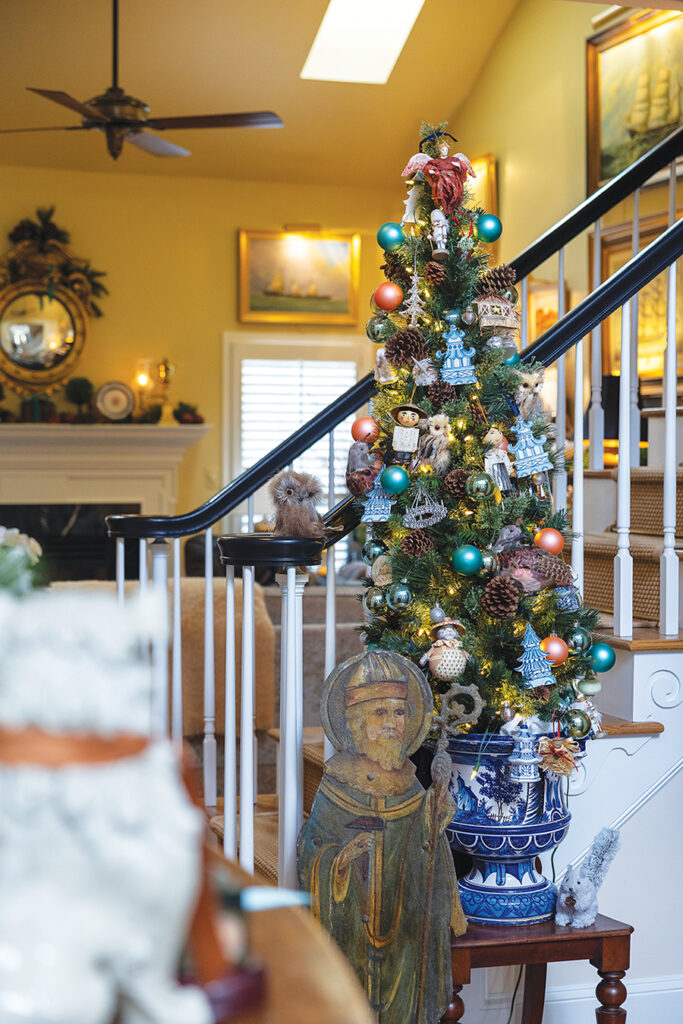
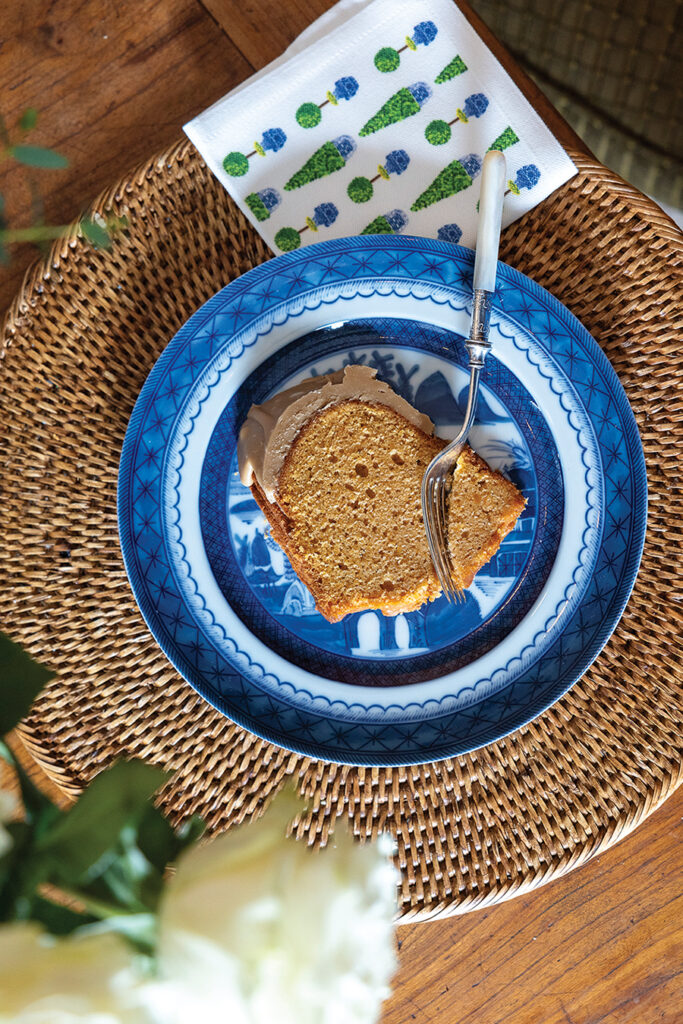
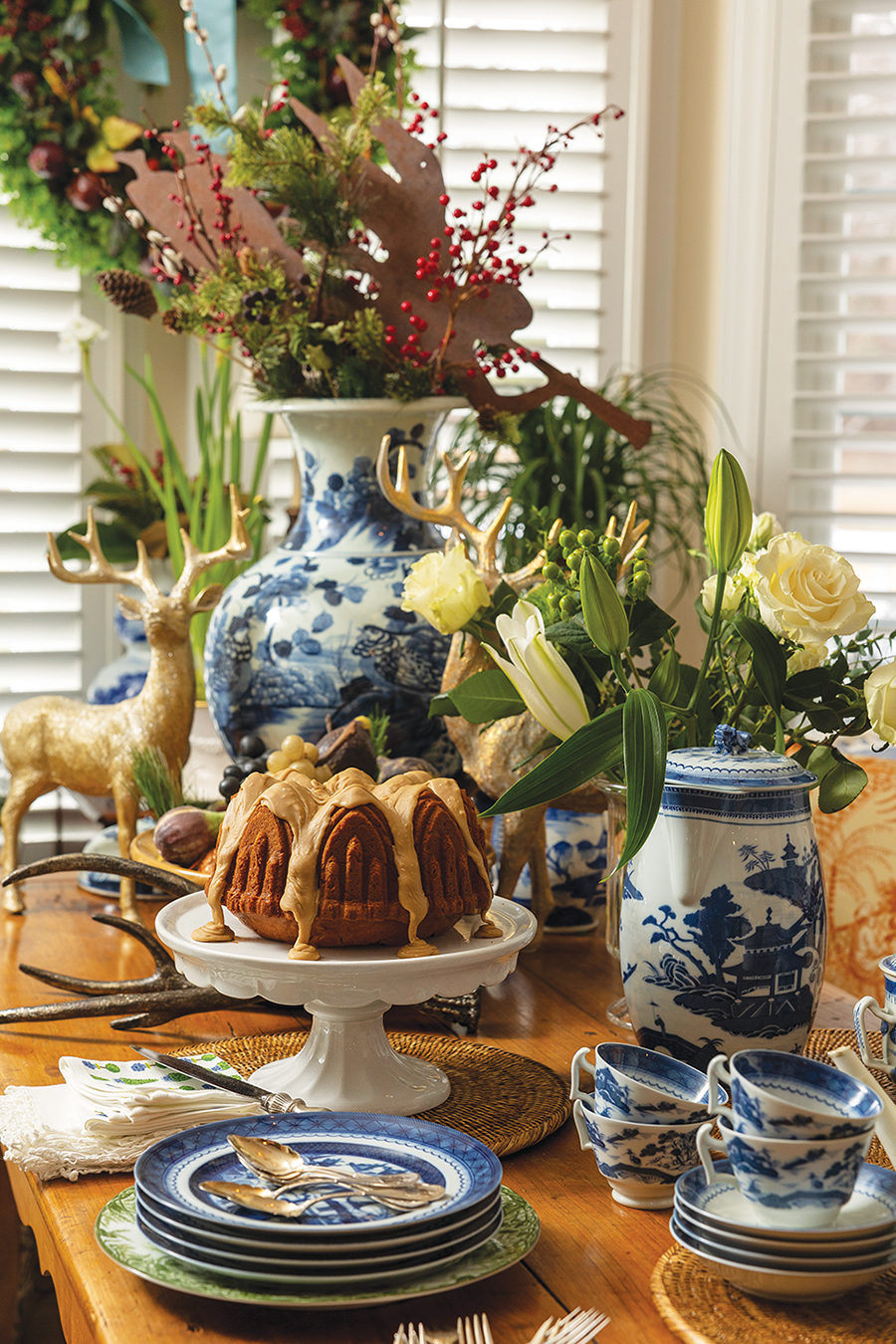 Pierce sweet potatoes with fork. Microwave on high until very tender, about 8 minutes per side. Cool, peel and mash sweet potatoes.
Pierce sweet potatoes with fork. Microwave on high until very tender, about 8 minutes per side. Cool, peel and mash sweet potatoes.